
BIRDING IN
Arusha National Park
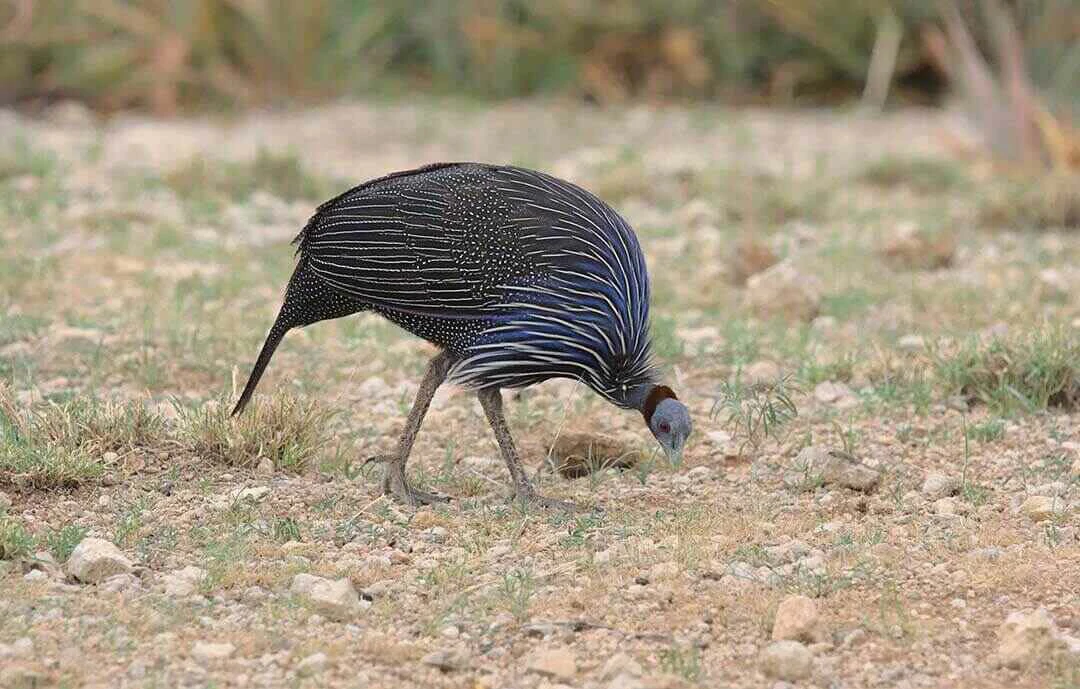
BIRDING IN
Arusha National Park
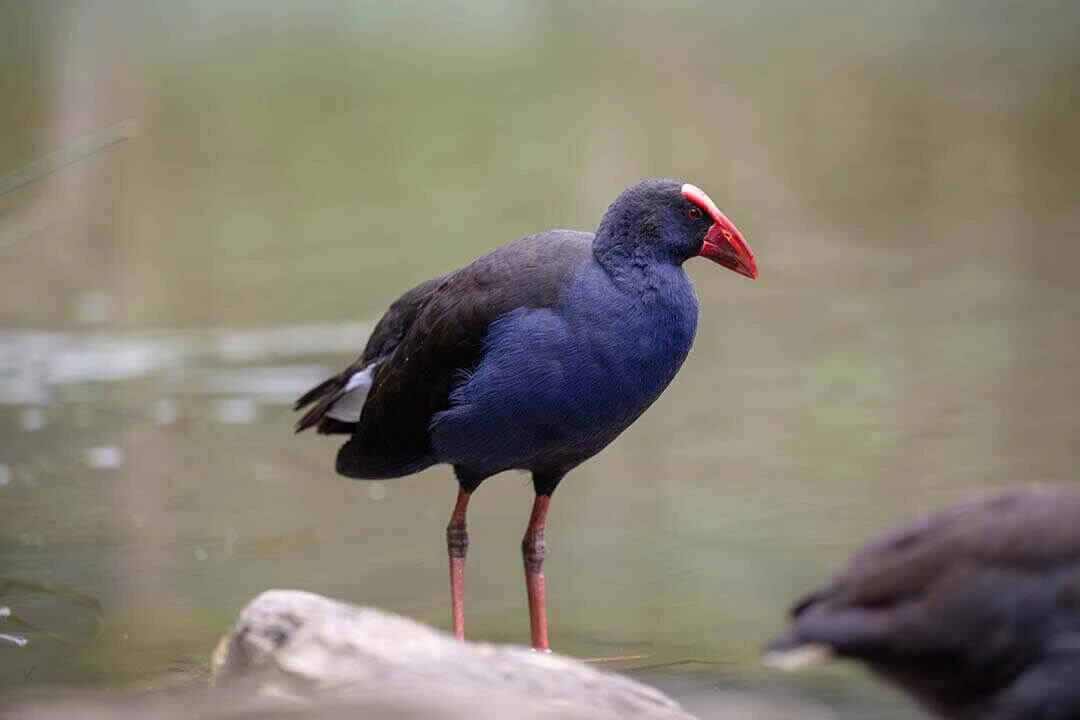
BIRDING IN
Arusha National Park
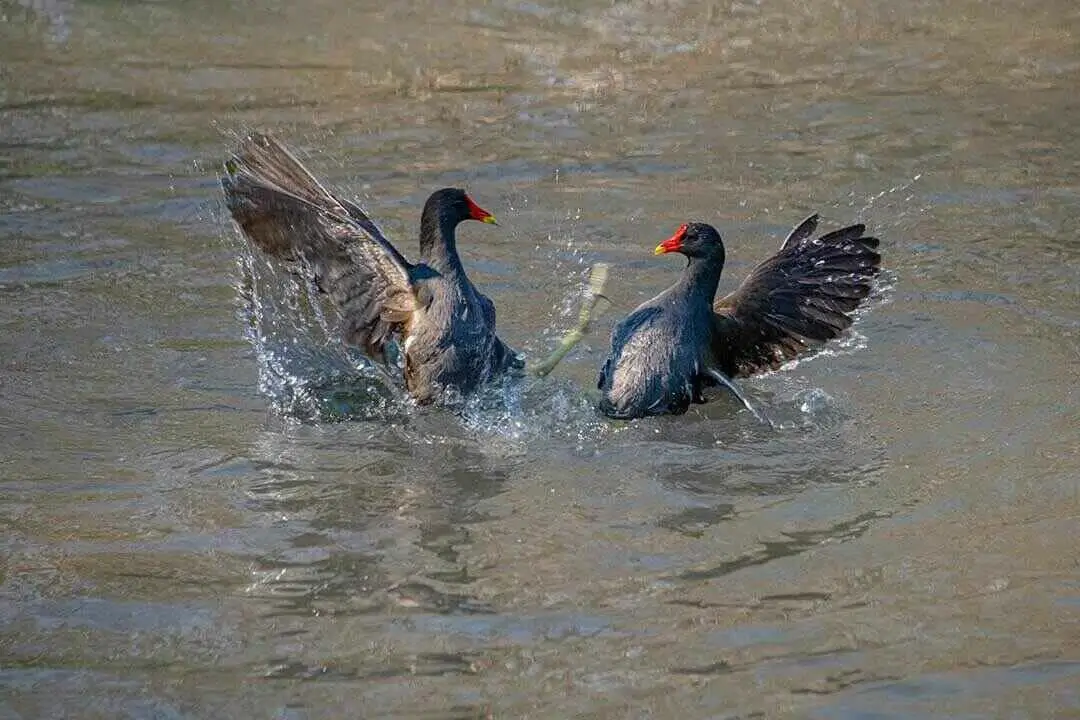
BIRDING IN
Arusha National Park
Arusha covers an Area of 13,700 hactares, the National Park Altitude is 1,400 to 4,565 meters above sea level. Arusha National Park covers the eastern portion of Mount Meru and extends 16 km to the east of the mountain. The site lies to the east of the Rift Valley and to the west of Mount Kilimanjaro (TZ003). The park encompasses a wide variety of habitats including montane forest similar to that on Mount Kilimanjaro, characterized by Diospyrosabyssinica, Oleawelwitschii, O. hochstetteri and O. africana, and several freshwater and alkaline lakes, ponds and swamps. The Important Bird Area also includes lower and mid-altitude forest lying outside the park in Forest Reserves.
Arusha is known to support at least 411 species, including Ardeolaidae, as a non-breeding visitor in small numbers, and one species of the Serengeti plains Endemic Bird Area, as well as 11 species of the Somali - Masaibiome. The National Park is the only protected area utilized by the declining East African population of Oxyuramaccoa which winters on the large alkaline lakes and breeds in the small, secluded freshwater ponds and swamps.
The mountain streams hold Anassparsa and the towering cliffs support a large population of Apusniansae and two pairs of Gypaetusbarbatus. Apushorus and Meropsbullockoides share nestsites along the riverbanks, while the swamp on the floor of Ngurdoto Crater provides a safe nest-site for Ephippiorhynchussenegalensis. There are important populations of montane forest birds in the natural forest including Poicephalusgulielmi, Apalodermavittatum and Linurgusolivaceus.
Our Experts are ready to provide answers

A total of 457 bird species have been recorded from the site. The area is of major importance to migratory waders from northern Eurasia, supporting about 30,000 birds.
Read More
The birdlife in Katavi is good year-round, but at its best from November to April when the migratory birds from Europe and northern Africa are present. At this time, many resident bird species are nesting and are in breeding plumage.
Read More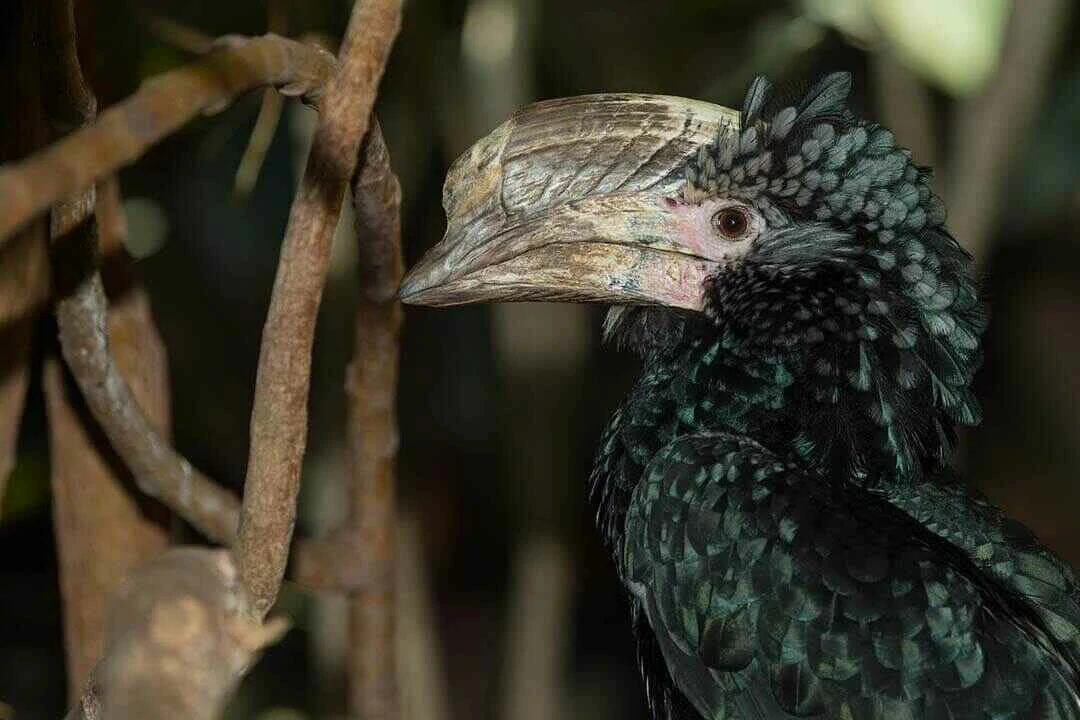
More than 400 species have been recorded here and you can reasonably expect to observe 100 of these in one day.
Read More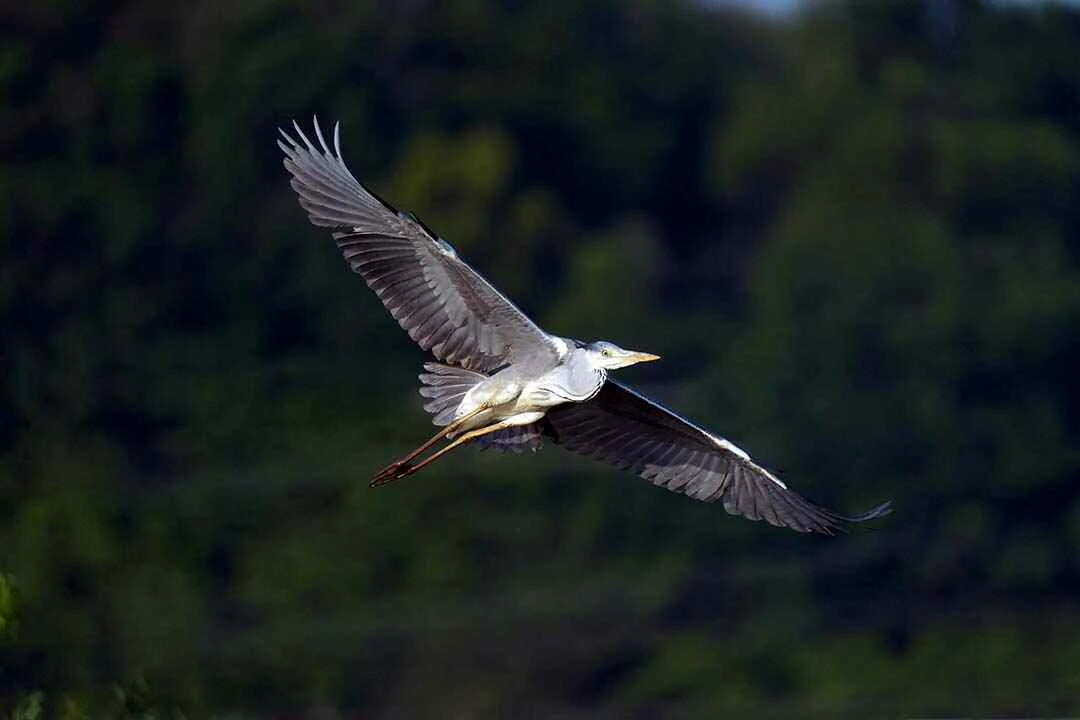
Bird species list includes only 214 species and these include three Guinea - Congo Forests biome species. An endemic subspecies of the globally threatened Apalisargentea is present here.
Read More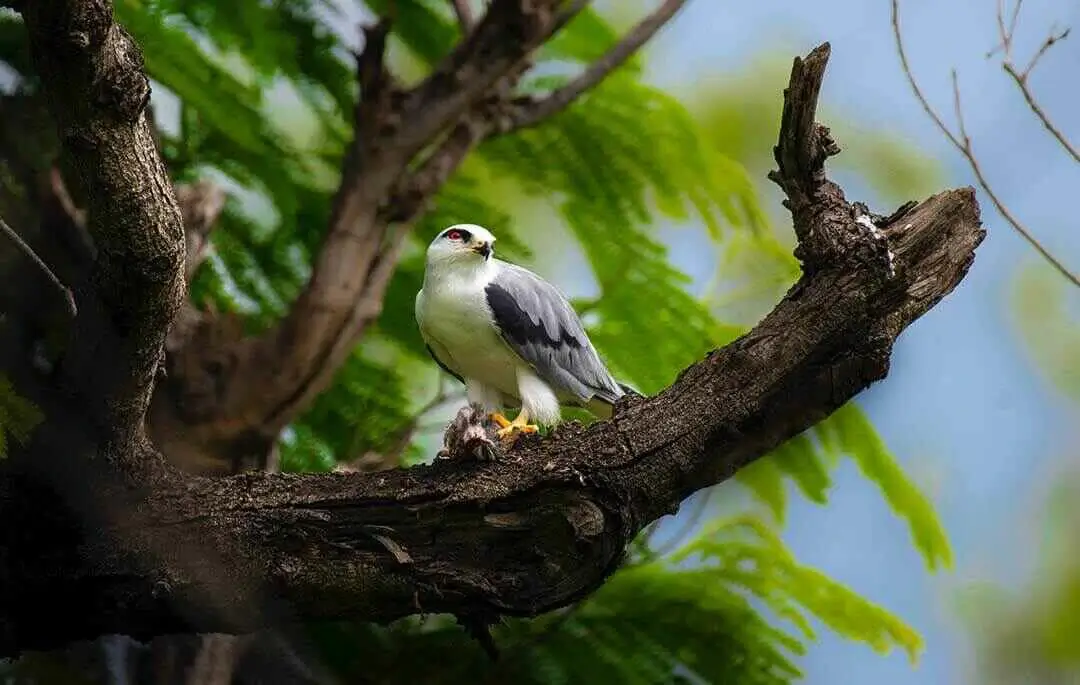
Some 393 bird species are known to occur in the area. Falco naumanni is a regular passage migrant in March and April, but there have been no records of large flocks or wintering birds.
Read More
Some 393 bird species are known to occur in the area. Falco naumanni is a regular passage migrant in March and April, but there have been no records of large flocks or wintering birds.
Read More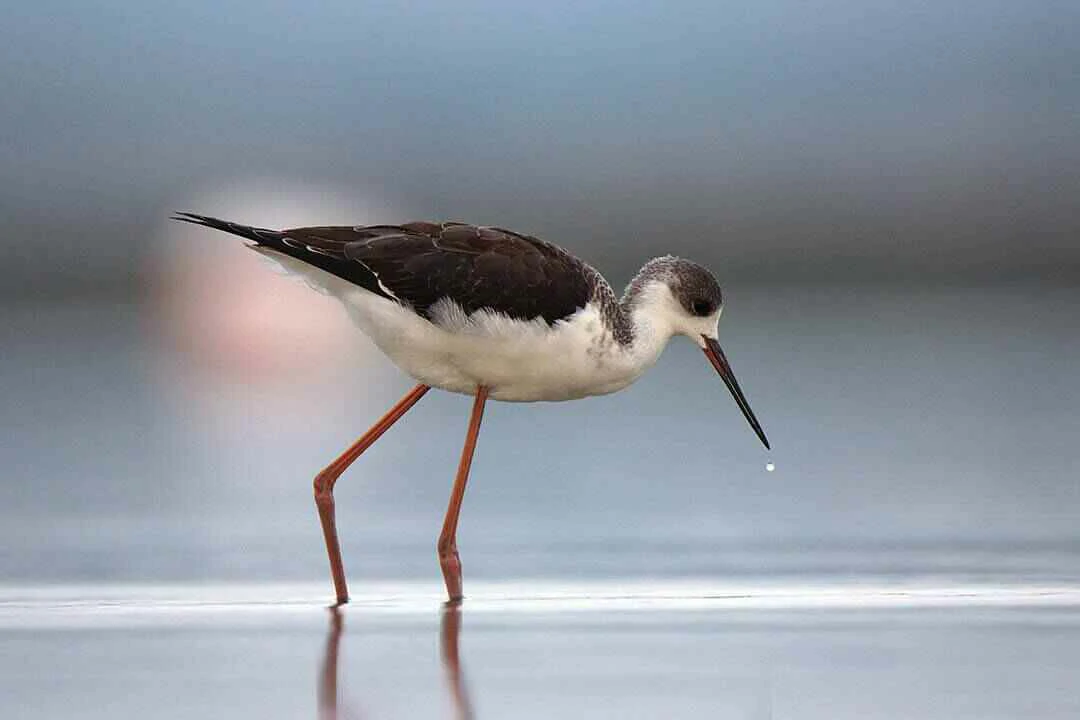
Over 500 bird species are known from the site. Falco naumanni is a passage migrant and Circus macrourus occurs on passage and in winter. Acacia woodland holds the largest known population of Agapornisfischeri, Parusfringillinus is resident and there have been recent records of Apaliskaramojae from Acacia drepanolobium woodland in the south-west of the site.
Read More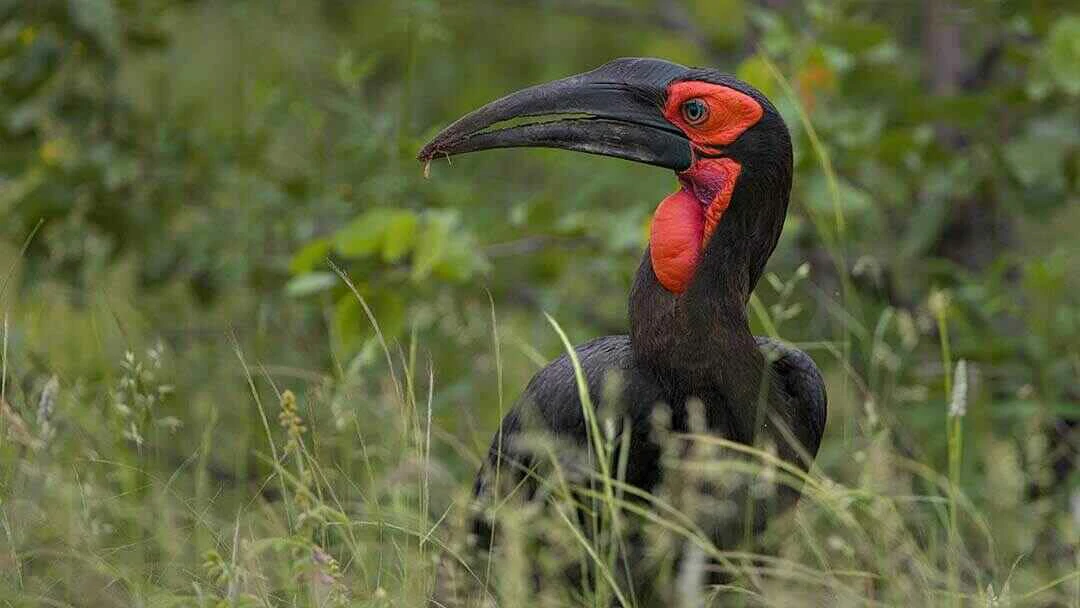
Some 410 species have been recorded for the park, but this figure is almost certainly incomplete as only the main tourist areas are well known. This total includes seven species of the Zambezian biome.
Read More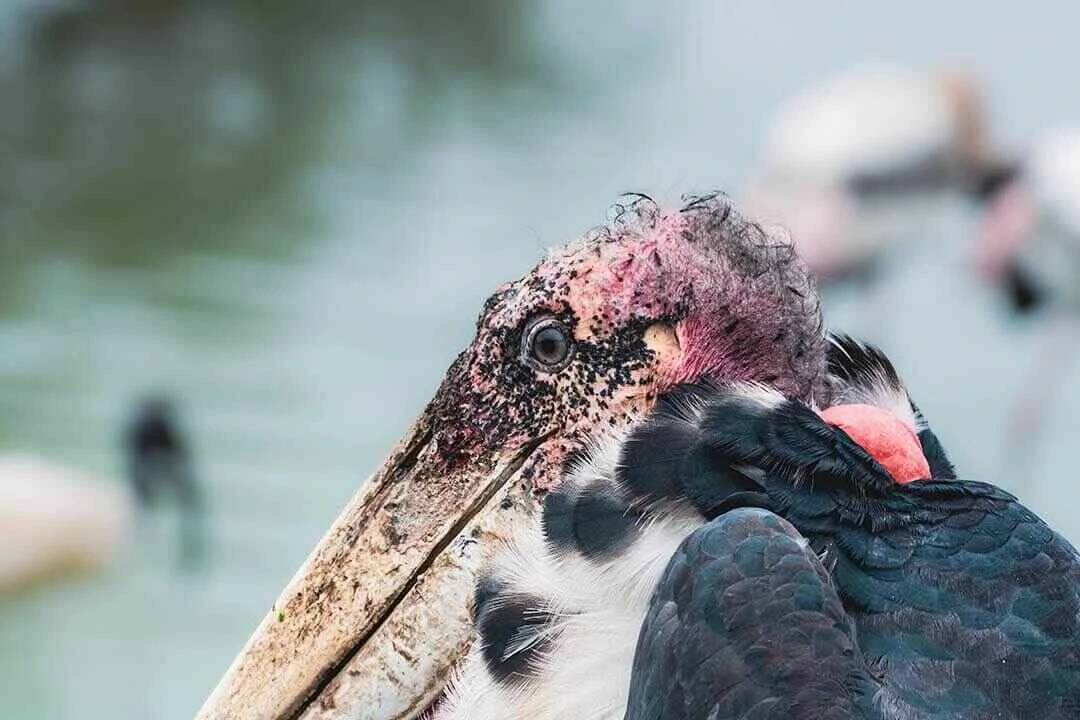
Rubondo main island holds a wide variety of other species, including huge breeding colonies of four species of Ploceus weavers and a relatively dense population of Circaetuscinerascens which are rare in East Africa.
Read More
An estimated numbers of bird species recorded from the park vary from 458 to 505. Glareolanordmanni and Apaliskaramojae, are of global conservation concern. Ardeolaidae is a regular visitor in low numbers. The status of Circus macrourus is described as locally common.
Read More
There is no species list for the park; the total is likely to exceed 450 species. Globally threatened species include Falco naumanni, which occurs in flocks of hundreds in April, following the start of the rains when invertebrate food-supplies are abundant and the park provides secure roost-sites.
Read More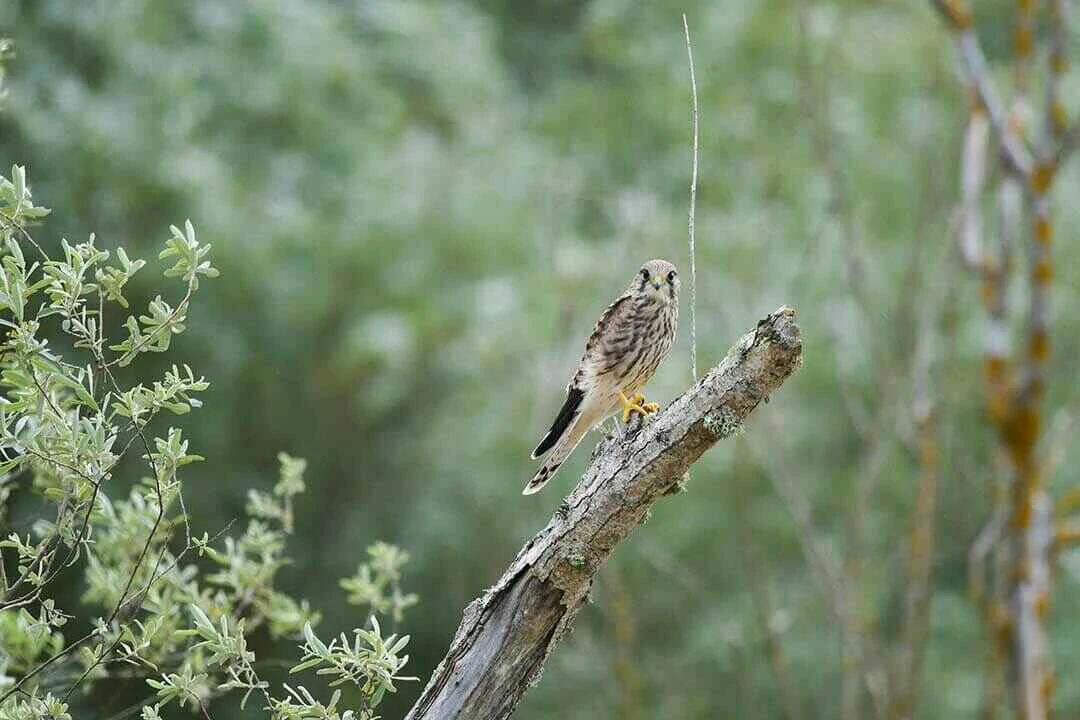
There are sightings of birds like Xenoperdixudzungwensis from near Mount Luhombero, in the park. Circaetusfasciolatus is resident at low densities in low altitude forest at the foot of the east-facing escarpment
Read More